By Heidi Sutton
When Catherine and Anthony Hoang’s young son A.J. lost a family heirloom during a visit to the Suffolk County Vanderbilt Museum in the winter of 2017, the security staff, including Ed Clampitt, helped the Huntington family retrace their steps through the sprawling grounds and estate. The two-day search finally produced the precious object and became the inspiration for a new children’s book, Patches and Stripes: A ‘Vanderbilt Magic’ Story. Written by Clampitt and his fellow Vanderbilt Museum colleague and friend Ellen Mason, the beautiful 20-page book, told entirely in rhyme, features gorgeous illustrations by Olga Levitskiy. A book launch held at the museum in mid-October sold over 300 copies. I recently had an opportunity to speak to the two authors about their latest venture.
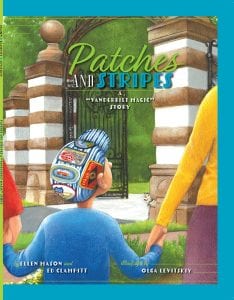 Ed, tell us when you first met the Hoang family and what did they lose?
Ed, tell us when you first met the Hoang family and what did they lose?
It was a very cold Sunday, around midday. I greeted the car as I do all our visitors. They explained to me that they had visited the day before and lost a hat. They inquired if one had been turned in to the lost and found. When I told them no hat had been turned in, they asked if it was OK if they searched the property themselves, revisiting all the areas where they had gone. Of course, I said yes and offered them a ride to the mansion where they would begin their search.
On the initial trip down, they explained to me the significance of the hat and how desperate they were to find it. I encountered them a few more times during the day and each time their despair became more evident. All I could do was offer them hope and reassure them that, if the hat was indeed on the property, we would find it. The hat was indeed found. I won’t give away the ending. To briefly sum it up, I will say that I was overcome with joy knowing we helped the family and their joy in getting back the hat was immeasurable.
Why was this hat so special to them?
EC: The hat was a precious heirloom passed down from previous family members, eventually coming to little A.J. The hat itself can best be described as a small engineer’s cap, a style from days past. It had blue and white stripes and was adorned with vintage patches depicting various railroad lines.
What inspired you to turn this true story into a children’s book?
EC: When I started to tell people the story and saw their reactions I knew it was a story that needed to be shared. When I shared the story with Ellen she immediately agreed and it fueled an inspiration in her that led to the book.
EM: After Ed told me the story of the hat, I wrote 10 stanzas of the poem fairly quickly. I just felt the story had the makings of a children’s book.
What parts of the museum are explored in the book?
EM: The security guards search for the hat in different areas of the museum. They start at the two eagles near the entrance, which originally stood at Grand Central Station in New York City. They proceed to the 6 ancient columns from Carthage that are 1000 years old. The mansion’s courtyard and iconic bell tower are beautifully illustrated as are the Habitat with the whaleshark. This lower museum was built in 1929 as a private museum for the entertainment of the Vanderbilt’s guests. The animal dioramas will remind visitors of those in the American Museum of Natural History in New York City.
How did the Hoang family react when they heard you were writing a book based on their experiences?
EC: My first contact with Catherine about our plans for the book were via email. From the very beginning she was extremely honored and excited.
When did the family get to see the book for the first time?
EC: I believe they saw the book for the very first time at the book launch (see page B26). Ellen and I did our best to keep it under wraps as long as possible!
Tell us about the illustrator, Olga Levitskiy. How did you three connect?
EC: Olga is an immensely talented young woman that currently resides in New Jersey. I’ve had the pleasure of working with her in the past on previous projects. When Ellen and I decided to go forward with the book my only stipulation was that we use Olga as our illustrator. Having never met Olga, Ellen put her trust in me and I’m sure she would agree it was the right decision.
Her illustrations perfectly capture what the museum looks like. What was her process like?
EC: After we contracted with her, Olga visited the museum grounds and took photographs of just about everything imaginable. While I can’t speak to the exact process I can say that she first did a preliminary story board based on the text. She then does each illustration in pencil and eventually colorizes them in watercolor and colored pencil. Each page becomes an original piece of artwork, much larger than the pages of the book. Suffice to say that once you see the illustrations in the book you can really appreciate the painstaking process it involved.
EM: When Olga visited the museum she came on my mansion tour. Unbeknownst to me, she photographed me in the courtyard and later included me in one of her illustrations.
How did you go about getting published?
EC: Having previous experience self publishing children’s books, I was familiar with process. We used a printer that I have worked with in the past as well. They are based in Ohio. Another part of the blessing working with Olga is that she handled all of the technical aspects of the job for us.

This is also a great way to introduce children to the Vanderbilt Museum, yes?
EC: Absolutely! From the beginning our hope was to have the book become an extension of the museum, a way of being able to take the property home with you. The intent was to have the story take you on a tour of the museum and the grounds.
EM: Yes, the book may elicit interest in visiting to see the actual sites and exhibits highlighted in the book and can also reinforce a previous visit as well.
EM: Many school groups and summer day camps visit yearly. There are plans to perhaps offer the book in birthday party packages booked at the museum.
What type of response has the book been getting?
EC: The response has been amazing! Everyone has been so impressed and supportive. We are so proud of the finished product. It represents the Vanderbilt well and has allowed us to realize our dream.
EM: The Vanderbilt staff is so appreciative of how the illustrations capture the smallest details of the architecture and exhibits. Ed and I feel especially proud that this is the only children’s book ever written about Eagle’s Nest and it includes Max the cat, who now basks in his fame at the gatehouse.
What message do you want children to take away from reading your book?
EC: On the forefront, the message is that the Vanderbilt is a true treasure, a place that we hope we inspire all to visit and continue to support. Additionally, it is a story of teamwork, hope and magic!
EM: The message is that there is value in studying history and the natural world; that one man’s life and generosity can enrich many other lives as well; and that goodness spreads; and the realization that all families have traditions that are important to them, sometimes symbolized by a treasured object.
Why do you think the Vanderbilt Museum is such a ‘magical’ place?
EC: Stories such as this one, the story that inspired the book, do not happen elsewhere. The place has an energy to it. It’s hard to explain. For those of us who are blessed to be able to work and spend time there, there is a love we share for the place … it makes you love it.
EM: I think it’s magical because of its romanticism — William K. Vanderbilt II built the estate out of love for his wife, Rosamond. The architecture and breathtaking setting that have been chosen by so many couples for their weddings.
Where can we pick up a copy of this book?
EC: Right now the books are sold exclusively in the Vanderbilt Museum’s gift shop. There will be the ability to purchase them online from the museum website soon. This entire project was intended as a donation to the Vanderbilt and proceeds go directly to benefit the museum.
Is there a recommended age group?
EC: I would say early readers but personally I am a big advocate of reading with a parent or as a family. I think this book is the perfect vehicle for that.
EM: Because the book is written as a 44 stanza poem, the musicality is suitable for younger children to be read to. Independent readers (grades 3 and 4) will pick up on the rhythm and rhyming pattern. I would love “Patches and Stripes” to inspire young readers to write their own poems showcasing a treasured possession.
Any more books on the horizon?
EM: One is already in the works, featuring Max the museum’s resident cat and his friend, security guard Ed. This one is also a narrative poem, like “Patches and Stripes.”
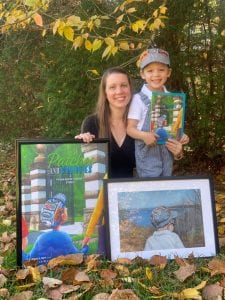
What advice would you give to someone who is thinking of writing a book?
EC: Write! Write! Write! If you have a story to tell, tell it! To write and create something that you can share with others is one of the most rewarding things you will ever do!
EM: My advice is to be patient. The process can move slowly, especially if illustrations are involved, but is well worth it. It never occurred to me to write any book, least of all one that rhymes. Yet here it is and I am so proud of it and grateful to Ed for suggesting that we collaborate on it. We present it as our gift to the Vanderbilt Museum for the many wonderful times it has given to us.
Anything else you would like to add?
EC: From the very beginning of all of this I have felt so strongly that this entire story, from the back story of the day the family visited, to the day we launched the book, is a story that needs to be told, from our point of view as well as the family’s. It is a story of how fate stepped in and changed lives … all for the better … how a simple visit to a local museum brought despair, then joy, validation, inspiration, pride and do much more … for the family, for Ellen and me and yes, even for the Vanderbilt … just a place, a piece of property devoid of feelings and emotions … unless you believe in magic.



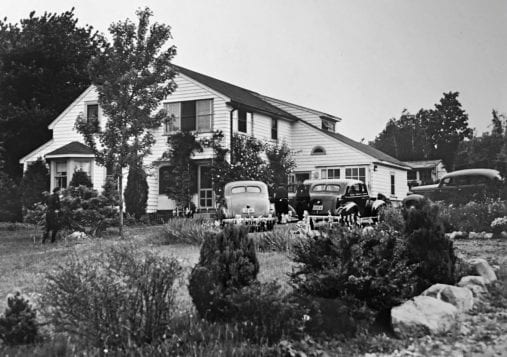


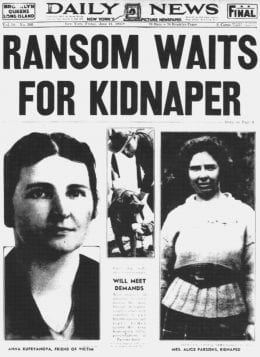


 The book records the dozens of jokes that have been part of a four-decade career. It is like visiting old friends, full of ah-hah moments of remembering a particular line or seeing the source for an episode of Seinfeld. (A perfect example is “Dry Cleaning” where he imagines bumping into his dry cleaner wearing his clothes.) It is fortunate that he has kept all his material from the beginning of his career, every idea, every scrap of paper. Even some of his earliest jokes remained in his repertoire twenty and thirty years later. It is a pleasure to read the book and, of course, hear his flawless timing in your mind’s ear.
The book records the dozens of jokes that have been part of a four-decade career. It is like visiting old friends, full of ah-hah moments of remembering a particular line or seeing the source for an episode of Seinfeld. (A perfect example is “Dry Cleaning” where he imagines bumping into his dry cleaner wearing his clothes.) It is fortunate that he has kept all his material from the beginning of his career, every idea, every scrap of paper. Even some of his earliest jokes remained in his repertoire twenty and thirty years later. It is a pleasure to read the book and, of course, hear his flawless timing in your mind’s ear.

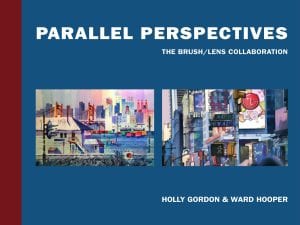
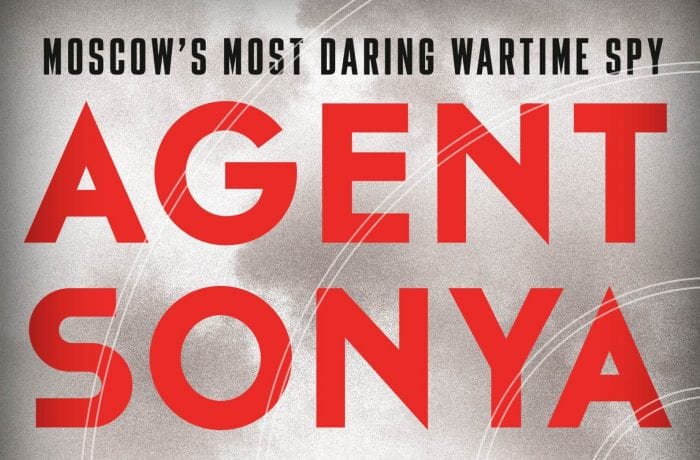

 The scene shifts from Chiang Kai-shek’s Nationalists and Mao Zedong’s Communists to Japanese-occupied Manchuria, to the bucolic Cotswolds of England, where she lived during much of WWII as a housewife and mother. In addition to caring for a husband (who was himself a lower level spy with no idea of his wife’s top level position) and two children, she managed spy drops and transmitted coded messages as an expert radio operator and in Morse code, all the while eluding the German, British and American secret services hunting for her. Without ever wearing a military uniform, she held the rank of colonel in the Soviet army. “Domesticity was the perfect cover,” according to reviewer Marton.
The scene shifts from Chiang Kai-shek’s Nationalists and Mao Zedong’s Communists to Japanese-occupied Manchuria, to the bucolic Cotswolds of England, where she lived during much of WWII as a housewife and mother. In addition to caring for a husband (who was himself a lower level spy with no idea of his wife’s top level position) and two children, she managed spy drops and transmitted coded messages as an expert radio operator and in Morse code, all the while eluding the German, British and American secret services hunting for her. Without ever wearing a military uniform, she held the rank of colonel in the Soviet army. “Domesticity was the perfect cover,” according to reviewer Marton.
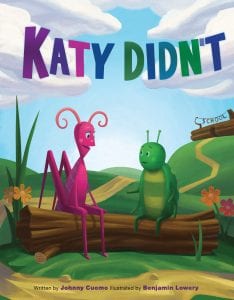 Most recently, he’s been focused on how important it is to treat others with compassion in his new book, Katy Didn’t. When a new bug arrives at school, the other bugs won’t accept him — that is, except for Katy the katydid, whose kindness makes all the difference. The book shares a powerful message within an easy-to-grasp and vividly illustrated story. It’s also a great read for young bug lovers, who will be thrilled with the variety of insect characters.
Most recently, he’s been focused on how important it is to treat others with compassion in his new book, Katy Didn’t. When a new bug arrives at school, the other bugs won’t accept him — that is, except for Katy the katydid, whose kindness makes all the difference. The book shares a powerful message within an easy-to-grasp and vividly illustrated story. It’s also a great read for young bug lovers, who will be thrilled with the variety of insect characters.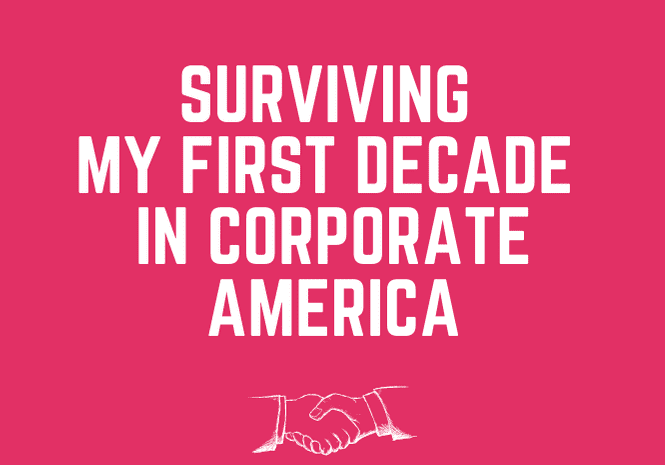

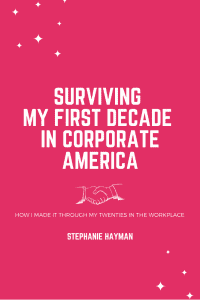 She takes on challenging topics with the same clear-headed, no-nonsense tactic: organizational culture, the importance of personal days, interaction in a multigenerational workforce, gender disparity, graduate degrees, and, ultimately, the pandemic. No matter how difficult the situation, she is neither self-aggrandizing or self-pitying.
She takes on challenging topics with the same clear-headed, no-nonsense tactic: organizational culture, the importance of personal days, interaction in a multigenerational workforce, gender disparity, graduate degrees, and, ultimately, the pandemic. No matter how difficult the situation, she is neither self-aggrandizing or self-pitying.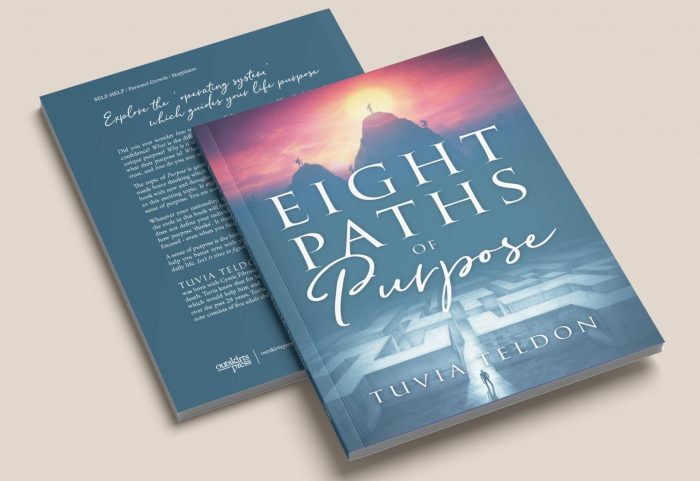

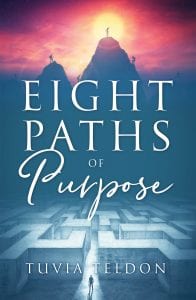 The book’s central concept is that human beings inherently desire to make a difference and that this driving force, whether active or passive, is at our core. It is about embracing this idea and mining the possibilities it presents. Teldon also readily acknowledges that people are unique and have different things to offer.
The book’s central concept is that human beings inherently desire to make a difference and that this driving force, whether active or passive, is at our core. It is about embracing this idea and mining the possibilities it presents. Teldon also readily acknowledges that people are unique and have different things to offer.
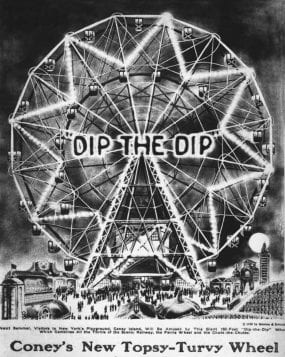




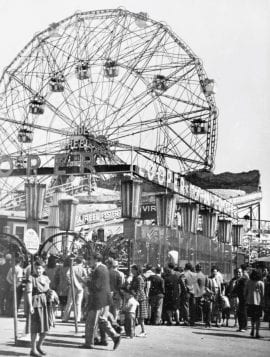
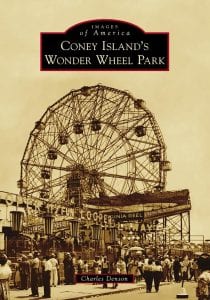
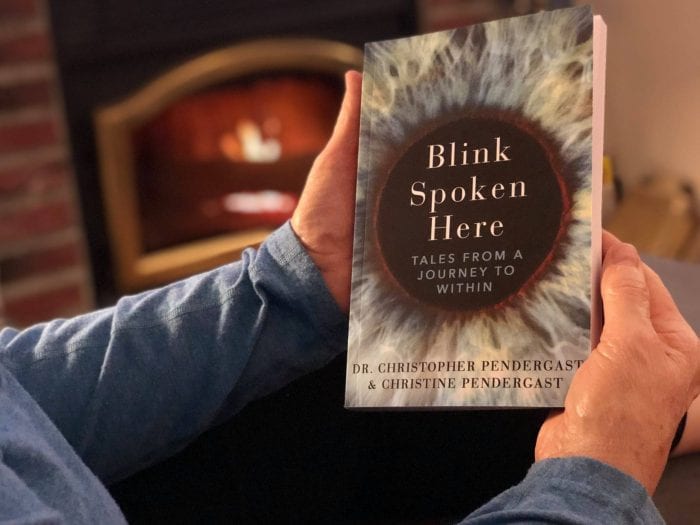
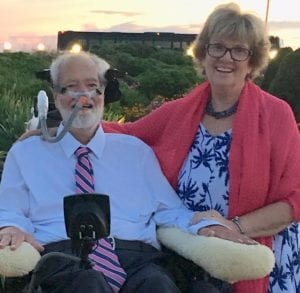
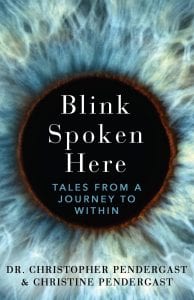 If these are not good enough reasons to read this book (and they should be), it is also a beautiful piece of writing. Dr. Pendergast writes with extraordinary eloquence and sincerity, with humor and insight. His prose is exquisite. He shares anecdotes and parables, free verse and personal accounts. The craft is equal to the art and both are worthy of the humanity that created it.
If these are not good enough reasons to read this book (and they should be), it is also a beautiful piece of writing. Dr. Pendergast writes with extraordinary eloquence and sincerity, with humor and insight. His prose is exquisite. He shares anecdotes and parables, free verse and personal accounts. The craft is equal to the art and both are worthy of the humanity that created it.


